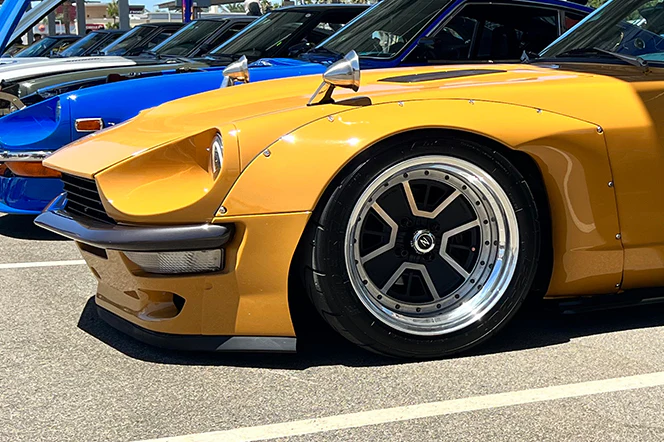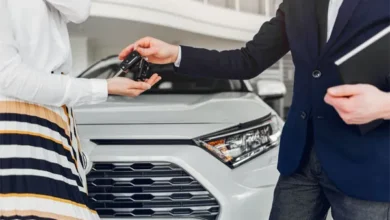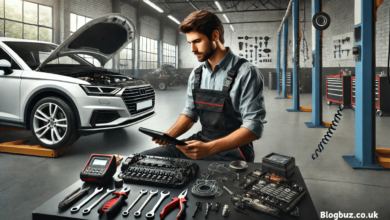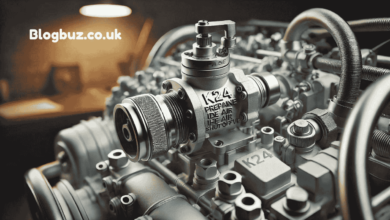Authentic Vs. Aftermarket Navigating The 240Z Restoration Parts Market

Restoring a Datsun 240Z brings together history, craftsmanship, and passion. Every part chosen shapes the final look and feel of the car. While some owners chase period-correct perfection, others aim for modern upgrades that enhance performance and reliability. The decision often begins with a critical question: authentic or aftermarket?
This choice greatly influences the direction of the build. Authentic parts can capture the spirit of the original design, while 240z aftermarket parts may offer enhanced durability, performance, or customization. Understanding the pros and trade-offs of each is key when mapping out a restoration that reflects your vision.
How To Approach The 240Z Restoration Parts Market
Before making any purchase, it helps to understand what each category brings to the table and how it fits your goals:
- Authentic OEM Parts – Original Equipment Manufacturer (OEM) parts are produced by or for Nissan using the original specs. These pieces maintain historical accuracy and are often favored for concours-level restorations. They fit precisely, retain the original appearance, and usually carry a sense of heritage. However, they can be costly and limited in supply, especially for rare trim pieces or discontinued hardware.
- Aftermarket Reproductions – High-quality aftermarket parts replicate the look and fit of original pieces but are made by third-party companies. These components fill gaps left by discontinued OEM inventory and can often be sourced at a lower cost. While some reproductions are near-identical to originals, quality can vary. Trusted suppliers who specialize in vintage Japanese vehicles are worth seeking out.
- Performance Upgrades—Some restorers prioritize driving experience over originality. Aftermarket parts designed for performance, like coil-overs, upgraded bushings, or modern brakes, allow for improved handling, safety, and comfort. These changes can modernize the car without straying too far from its character. Purists may see them as deviations, but many enthusiasts view them as smart enhancements.
- Interior Components – Seats, dash pads, and trim panels often show the most wear. Authentic replacements may preserve the vintage aesthetic, while aftermarket options can offer better materials and updated ergonomics. Seat foam and upholstery kits are standard upgrades, often blending classic looks with improved support.
- Electrical and Lighting Systems – Older wiring and lighting setups in the 240Z are prone to failure. Aftermarket harnesses and LED lighting solutions offer greater reliability and energy efficiency. These upgrades are often essential for safety and convenience, particularly for daily restorations.
- Availability and Sourcing—Authentic parts may take months to obtain, especially if they come from overseas or private collections. Aftermarket parts are generally easier to obtain, and some suppliers even offer complete kits for streamlined restoration planning. The right balance often comes down to timeline, budget, and purpose.
Restore With Purpose And Precision
Every Datsun 240Z restoration tells a story. The selected parts guide the story’s tone, whether it honors the original or embraces modern evolution. Some builds aim to mirror the showroom floor of 1970, while others lean into performance and practicality for today’s roads.
Choosing between authentic and aftermarket 240z body panels is less about rules and more about intention. When you understand the impact of each decision, the result feels cohesive and satisfying. The best restorations strike a balance that celebrates the past while performing in the present.




